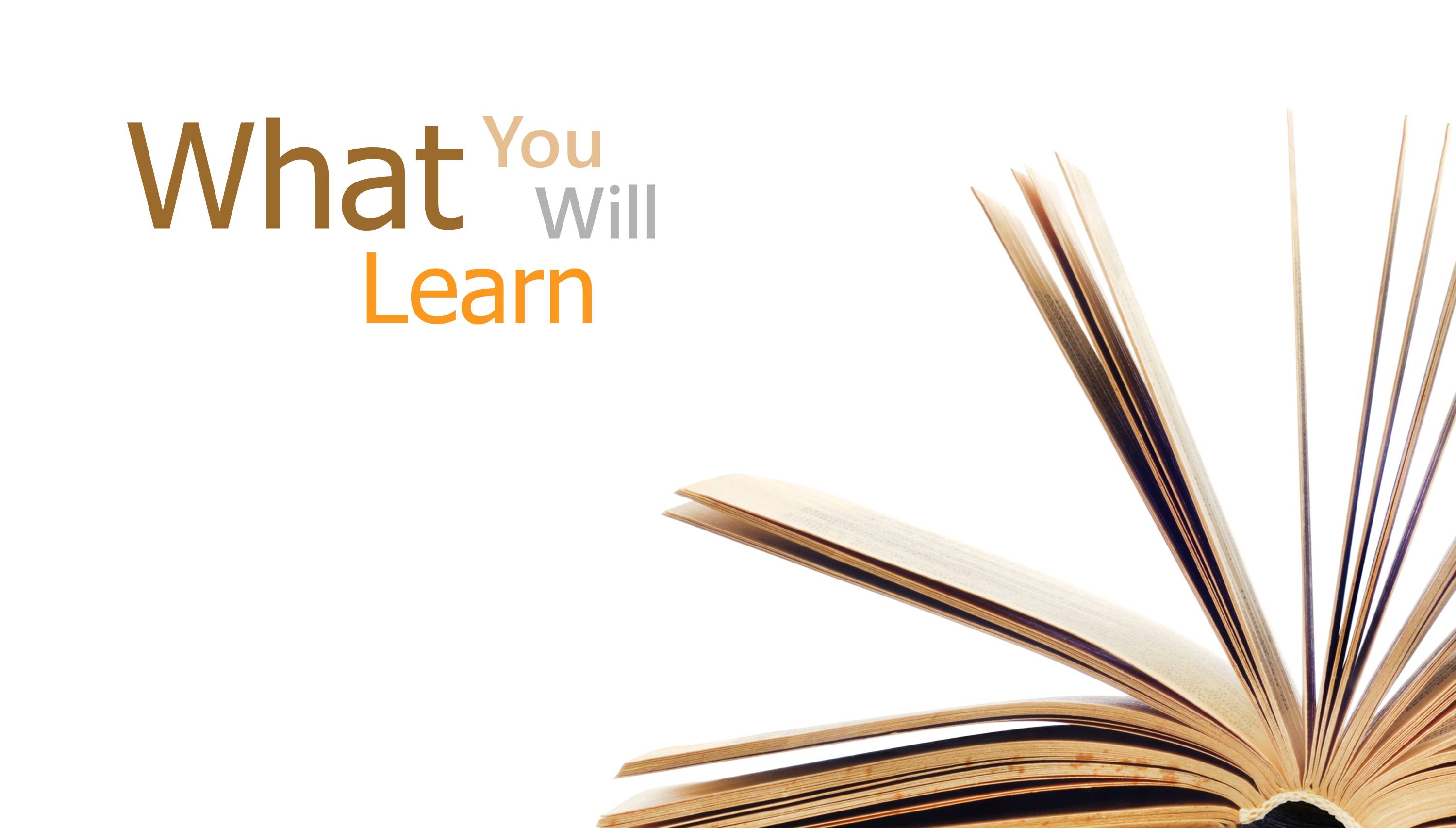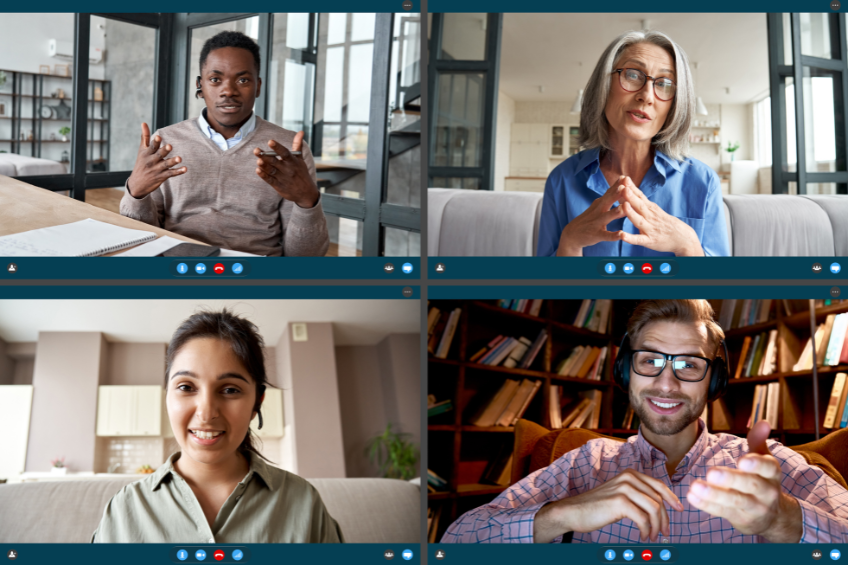
Responding to Difficult Customer Interactions
Some conversations leave you rattled long after they’re over. Maybe it was a customer’s sharp tone or the pressure of delivering tough news. In customer-facing roles, these moments can happen often and are rarely easy. You may face unrealistic expectations, frustration that isn’t yours to fix, or reactions that feel out of proportion. It’s easy to feel flustered, unsure how to respond or question whether you handled things correctly.
For organizations, unresolved tension with customers can do more than just create uncomfortable moments. Difficult interactions can lead to strained service relationships, increased stress, and lower confidence among frontline staff, especially when employees lack the tools to respond effectively. The cost of poorly handled conflict adds up quickly, affecting satisfaction, efficiency, and employee well-being.
This workshop offers practical tools and hands-on practice to help you manage difficult situations with greater confidence. You’ll learn to recognize what’s happening in a challenging interaction, respond calmly under pressure, and defuse tension when emotions run high. Whether it’s a customer who’s frustrated, upset, or making unreasonable demands, you’ll have a clearer path forward. Through guided discussions and activities, you’ll apply new techniques in a supportive environment.
You’ll leave with practical communication strategies, a calmer mindset, and tools you can use immediately. Whether you’re delivering tough news, setting boundaries, or supporting someone who’s upset, you’ll feel more prepared to respond in a way that protects both the relationship and your own well-being.

- Recognize the needs and emotions behind customer frustration and respond with empathy.
- Use reflective listening to calm tense conversations and support resolution.
- Choose clear, respectful language that de-escalates and keeps interactions professional.
- Deliver difficult messages in a way that maintains trust and service quality.
- Respond effectively to demanding or emotionally charged customer behaviour.
- Build stronger customer relationships, even in high-pressure or stressful moments.
- Use practical strategies to stay calm, manage stress, and protect your well-being during challenging interactions.

This workshop is designed for frontline professionals, customer service staff, supervisors, and team leaders who regularly deal with challenging interactions in high-pressure environments. If you support customers or the public and want to respond more calmly and confidently when emotions run high, this session offers practical tools and support.
You should attend if you
- Face challenging conversations with upset or demanding individuals
- Need to deliver difficult information while maintaining professionalism and care
- Want to respond more effectively when emotions escalate unexpectedly
- Are looking to stay composed under pressure and manage your stress in the moment
- Want to strengthen your communication style while protecting your well-being

This workshop is supported by guided reflection, group conversation, and practical exercises designed to help you respond more thoughtfully to customer challenges. You’ll work through real-world examples to explore the needs and emotions behind difficult interactions. Through small group discussion and structured feedback, you’ll test approaches for staying calm and communicating clearly—even in tense moments. Activities allow you to step back, analyze what’s happening, and plan for future situations.
You’ll also receive a workbook with communication tools, reflection prompts, and planning guides to support your customer interactions after the session.
Workshop activities include
- Analyzing real customer situations to uncover needs and emotions
- Exploring your own responses to difficult interactions
- Engaging in group discussions of language, tone, and strategies for clarity
- Reflecting on past experiences and planning for future challenges
- Practising how to reframe and clarify customer concerns
- Sharing ideas and feedback in a supportive environment
- Creating a personal action plan


